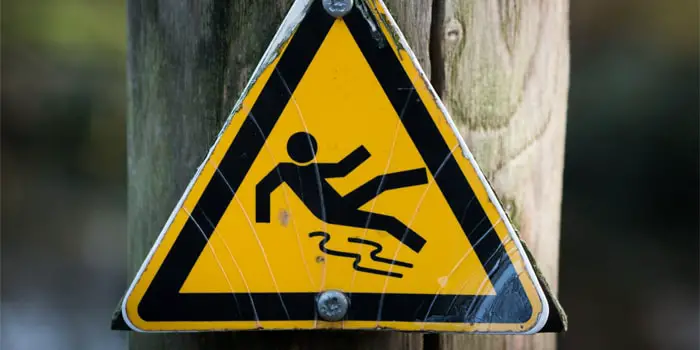As of April 2012, the CSCS Test or what’s technically known as the CITB Health Safety and Environment Test has added a new feature called behavioural case study questions. With the core components of the original CSCS card test remaining the same, this new feature will test your reaction and behaviour towards different health and safety situations as they unfold on site.

As we all know, a construction site can be a very dangerous place to work, hazards can develop in a matter of seconds and the way you respond and react to certain situations could make a big difference in the outcome.
The Health Safety and Environment Test lasts for 45 minutes and consists of 50 multiple-choice questions, 38 of these questions are in a basic multiple-choice format where you’re given a question and multiple possible answers to choose from; make sure you read the question carefully as some questions will require multiple answers. The remaining 12 questions will be the behavioural case study questions.
Regardless of which type of CSCS test you’re taking, whether it’s the normal operative test, specialist test or the test for managers and professionals, you’ll need to answer the same amount of behavioural case study questions (12) and the same amount of knowledge questions (38).
Even though it’s the same amount of questions the level of difficulty will vary accordingly so make sure you get the right revision book for your test.
These 12 behavioural case study questions are focused primarily on the 10 principles discussed in the short film “Setting Out”. This is an 11-minute video presentation that you’ll need to watch before taking the test, it goes into detail about the safety measures your employers need to take on your behalf and it also offers valuable tips and information on how you can do your part in maintaining a safe working environment.
Tip: you should pause the video at regular intervals to take your own revision notes.
How the behavioural case study questions work
In total there are 12 behavioural case study questions which are divided into 3 case studies, each case study consists of 4 multiple-choice questions. For each question you’ll have to follow along a fictional character as he/she encounters different safety-critical situations onsite, every time a situation arises you’ll have to choose the best possible answer then move forward; every answer you give will determine the next question or situation you face. Once you’ve selected an answer there’s no going back so make sure you’re completely satisfied with your answer before moving on.
Here’s a behavioural case study example (it’s not an actual question from the test, just an example of what a question will look like)
Mark’s about to start his first day on the job, when he arrives the site is completely empty. He should:
a. Start walking around the site and familiarize himself with what’s going on.
b. Wait for a member of management to arrive and give him an induction.
c. Start tidying up what others left behind the previous day.
d. Commence working to get an early start.
Correct Answer: B
When management finally arrives they inform Mark that work on this project is way behind schedule and assigns him to his area immediately. He should:
a. Proceed to his designated area and start working immediately.
b. Ask a colleague if there’s any hazard he should be aware of.
c. Request a site induction as he’ll need some basic information to carry out his work safely.
d. Visit different parts of the site on his own to familiarize himself with the different areas.
Correct Answer: C
During the site induction, Mark is given some notes regarding health and safety procedures onsite, there’s one particular part of the procedure he doesn’t understand. He should:
a. Worry about it later as they’re already running behind schedule.
b. Ask a fellow colleague to explain it in detail.
c. Return at the end of the day for further explanation.
d. Immediately request further clarification.
Correct Answer: D
After completing the induction, Mark is given a task that requires him to wear a dust mask but he can’t find one. He should:
a. Carry on without it.
b. Inform his supervisor
c. Use a colleague’s even though it is much bigger than what he needs.
d. Use a wet towel and cover his nose and mouth
Correct Answer: B
I hope this brief explanation of the behavioural case study questions has shed some light on what you can expect from these 12 questions. Please use the example question above to familiarize yourself with the structure of these case study questions and keep practicing with our other CSCS mock test questions.

I it did help
Very helpful indeed, you can also try a behavioural case study practice test here: http://builderstest.com/citb-behavioural-case-study-practice-test.html
yes it did help